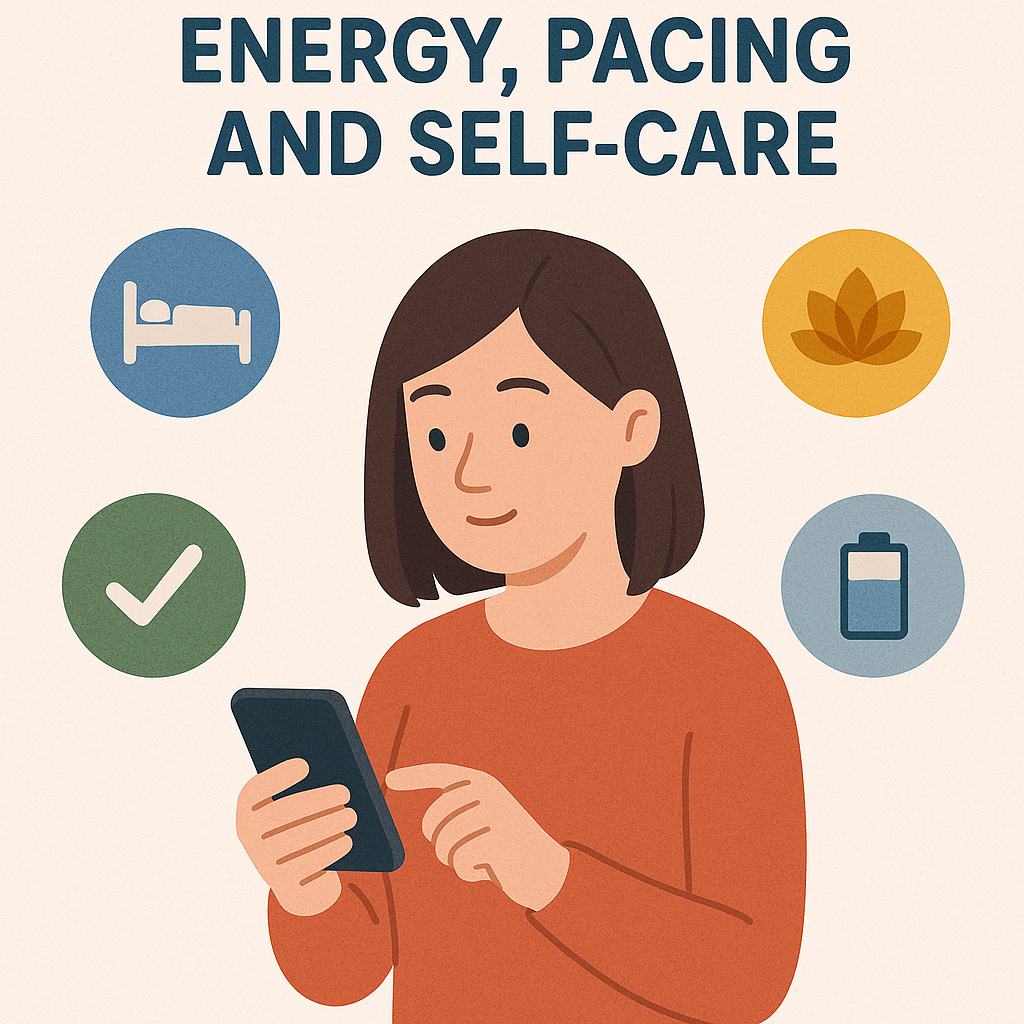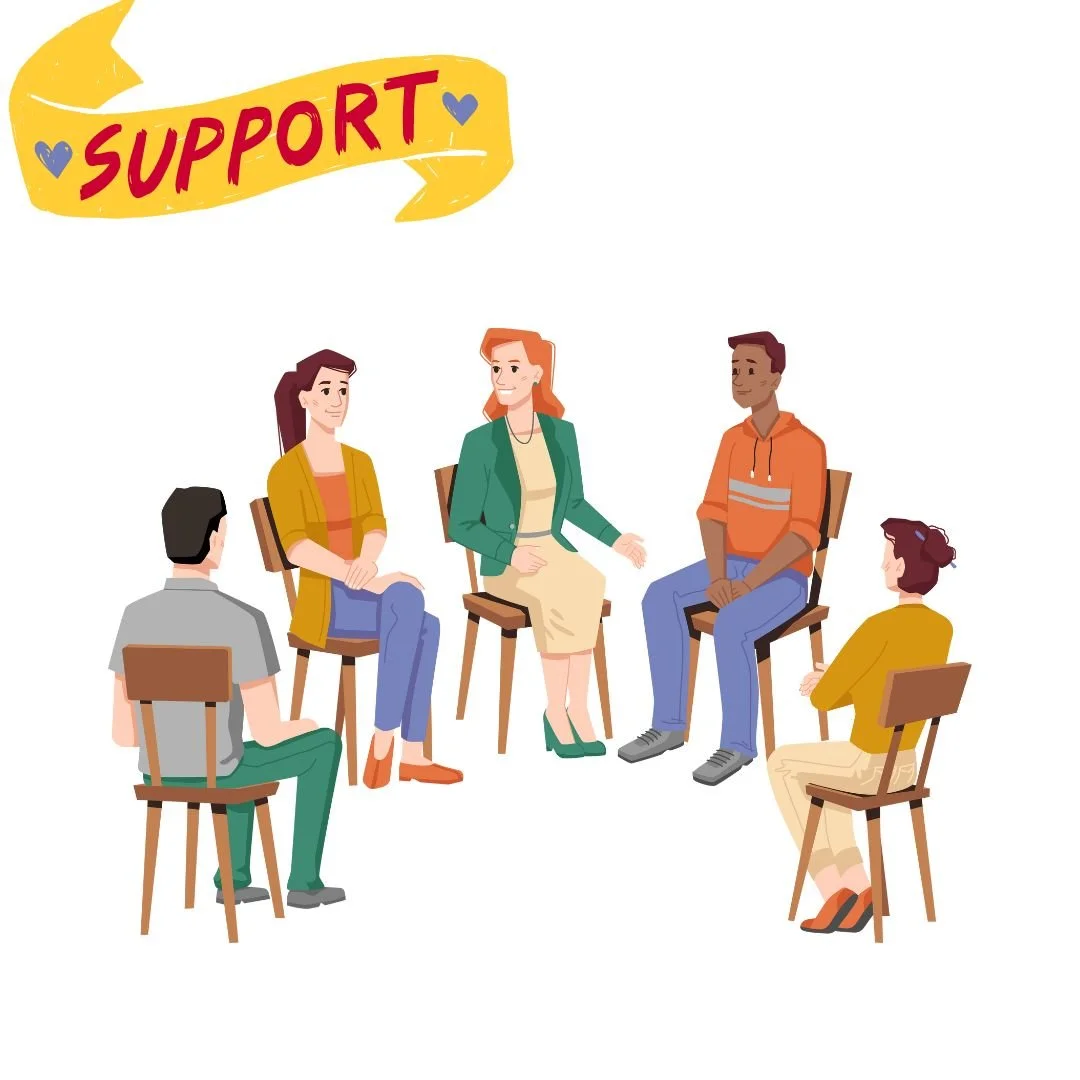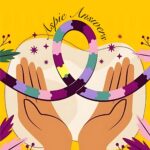
About Aspie Answers: Neurodivergent-friendly resources, practical supports, and global directories so people with hidden disabilities can access what they need without barriers.
“Everyone deserves to be understood — even when their challenges aren’t visible.” – Kerrin Maclean
What Is a Hidden Disability?

Hidden (or invisible) disabilities are conditions that may not be immediately obvious yet meaningfully affect daily life. Examples include autism, ADHD, dyslexia and other learning differences, hearing loss & tinnitus, traumatic brain injury, chronic pain, fibromyalgia, Long COVID, chronic fatigue, PTSD, anxiety disorders and more.
- Unseen ≠ unreal: Non-visible needs are valid and important.
- Support helps: Small adjustments (time, tools, quiet spaces) enable participation.
- Communication matters: Respect preferred methods (AAC, captions, clear written steps).
Awareness & Acceptance — Why It Matters

Awareness reduces stigma; acceptance turns understanding into action. Believe lived experiences, offer choices, and respect pacing. Allyship is practical and everyday.
- Ask before assuming; believe self-reports of pain, fatigue, or sensory needs.
- Offer options (written instructions, captions, dimmer lighting, quiet rooms).
- Normalise breaks, assistive tech, and flexible timelines where possible.
Inclusion & Accessibility

Overview: Inclusion is about removing barriers before they exclude people. Universal design, clear communication, and predictable environments allow everyone to participate with dignity.
Practical inclusions- Provide captions & transcripts for videos, meetings and events.
- Designate quiet / sensory rooms; allow noise-reducing wearables.
- Use plain-language signage and predictable navigation.
- Welcome AAC (apps/devices, typing, writing) for communication.
- Apply accessible digital design (contrast, alt text, keyboard access).
Education & Employment

Why it matters: Inclusive classrooms and workplaces unlock skills, confidence, and economic independence. When expectations are clear and supports are built-in, people thrive.
How it can work: Provide written instructions, chunk tasks into steps, and respect communication preferences (email, AAC, chat). Offer flexible timelines, quiet spaces, and assistive tech (speech-to-text, screen readers, timers, planning apps).
- Flexible options: timing, environment, communication modes.
- Assistive tech: screen readers, captioning, dictation, planning tools.
- Barrier-focused check-ins (coach/manager collaborates to remove blockers).
- Concrete, predictable routines with written steps and visual supports.
 Workplace tip: Plan recovery time after busy periods and allow movement/rest breaks without penalty.
Workplace tip: Plan recovery time after busy periods and allow movement/rest breaks without penalty.
Therapies & Supports

Overview: Helpful options include counselling, peer groups, occupational therapy, coaching, physiotherapy, audiology/vision services, and community supports. Choose practitioners who respect lived experience and collaborate on practical accommodations.
- Peer & community: local groups, moderated online spaces, advocacy orgs.
- Function-first therapies: OT/physio for sensory regulation, pacing, fatigue management.
- Communication supports: AAC coaching; captioning tools for sessions.
Preferences vary for identity-first (“autistic person”) or person-first (“person with autism”) language. When in doubt, ask. Avoid “you don’t look sick.” Focus on access needs and respectful wording.
Energy, Pacing & Self-Care

Fatigue and sensory load fluctuate. Build rest into routines, use timers for gentle pacing, and plan recovery time after busy periods. Track what drains you and what restores you — then schedule more of the latter without guilt.
What helps you recharge without guilt? Write 2–3 ideas you can try this week. Keep this visible and celebrate any small step you take.
“You’re allowed to rest. Rest is productive for your wellbeing.”

Apps & Tools
Visual assistance via volunteers & pros.
Real-time captions for conversations.
Breathing, sleep, and mindfulness support.
Task chunking, checklists, reminders.
Hidden Disabilities Sunflower visibility lanyard.
Find accessible routes & venues.
Know Your Rights & Options
International disability rights framework.
Access & accommodations in public life & work.
Protection from discrimination.
Australian Human Rights Commission guidance.
Supports & funding for workplace adjustments.
Employment services & supports in NZ.
Health & Disability Commissioner resources.
Disabled Persons Assembly — advocacy & info.
Workplace Accommodations & Inclusion
Designated low-stim spaces reduce overload.
Respect alternative communication at meetings.
Break tasks into steps with written checklists.
Energy-friendly pacing, predictable routines.
Role clarity + barrier-focused check-ins.
Screen readers, dictation, timers, planning apps.
Worldwide Organisations & Support Groups

Invisible Disabilities Association, The Mighty
Hidden Disabilities Sunflower communities
Assistance Dogs Trust NZ; DPA NZ; Vision Australia; RNIB
Live Transcribe / Ava; caption-first events
Be My Eyes; screen readers; high-contrast guides
Recommended Reads & Podcasts

Stories & essays centered on disability culture.
Real talk on access, language, and policy.
Conversations with disabled people about life & work.
Community-written lived-experience pieces.
Explores the unseen forces shaping human behavior.
Perspectives on communication, AAC, and inclusion.
Reach Out
Need help or want to connect? Reach out — we’d love to hear from you. You can also download our fillable contact form and send it back via email.
Download Fillable Contact Form (PDF)Thanks for Visiting — Stay Connected
Thank you for supporting inclusive learning. If these resources helped, consider following for new guides, printables, and gentle reminders to keep things accessible for everyone.
